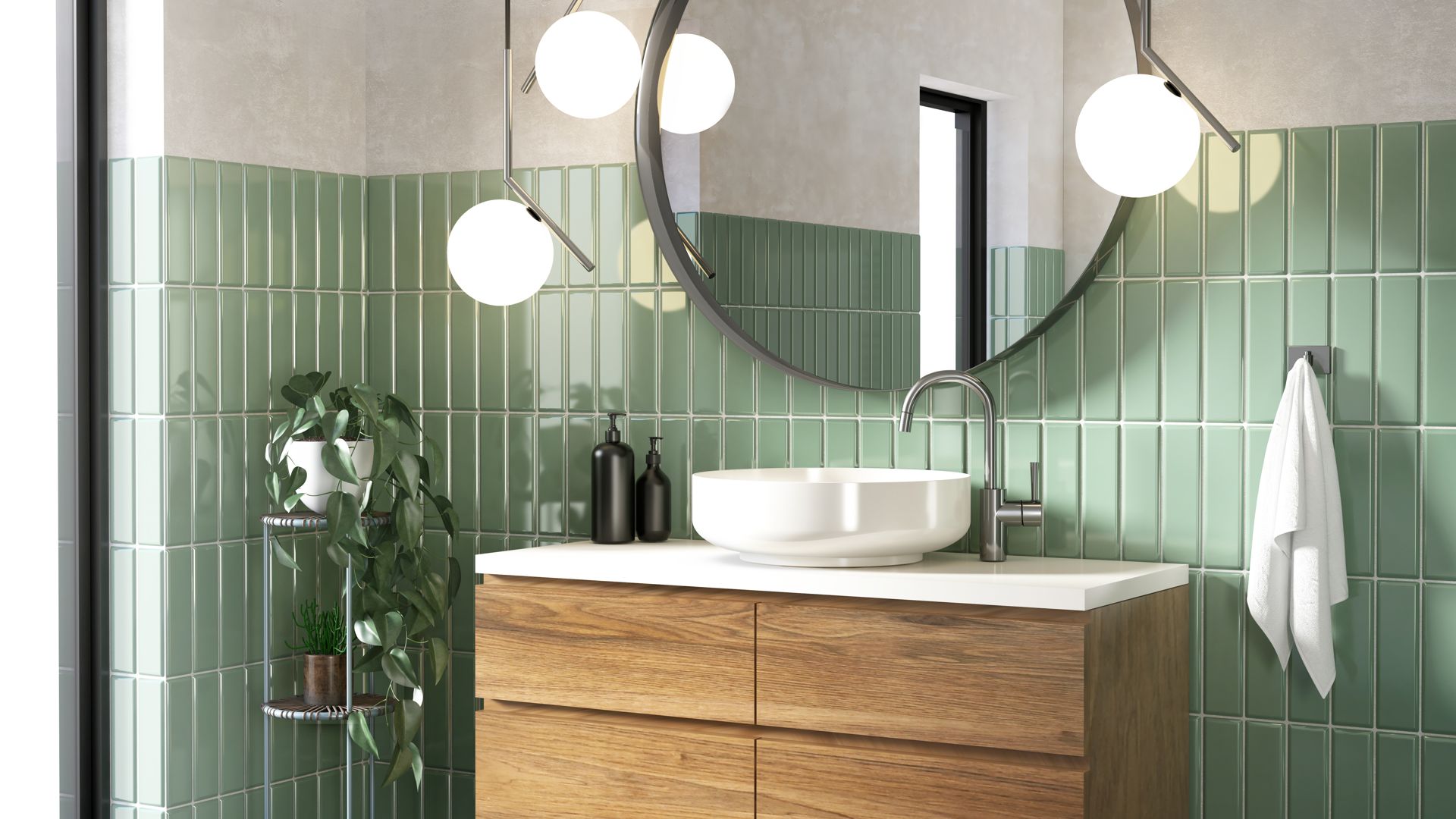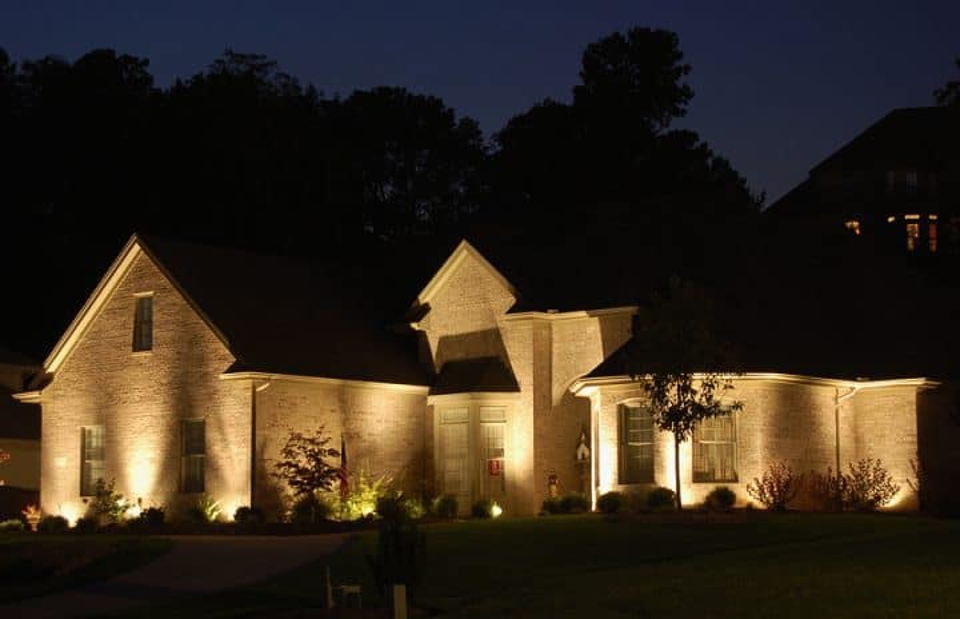Do you have flickering lights or switches that don’t work? If you are currently experiencing problems with your electricity, it’s important to troubleshoot. Sure, these issues could indeed be the result of a malfunction within your electrical system. They could also be a sign that you have a much simpler problem – that you are in need of a new light bulb. If so, be sure to check out the benefits of LED lights before you shop!
Electrical problems should never be taken lightly, but you can avoid paying for unnecessary services down the line by purchasing the right bulb. Here are a few ways to troubleshoot electrical issues in your home:
Common Issues with Light bulbs
- Flickering Lights. This is one of the most common issues that you may experience in your home. When lights flicker, our immediate thought is that there may be an issue with your electricity. It’s true that this can be caused by faulty wiring or damage, it’s likely that it has to do with your light bulbs. If the bulb is loose, it can cause flickering. This occurs most often on areas that vibrate and loosen the bulb, like a ceiling fan. If tightening or switching the bulb doesn’t remedy the problem, call Excel Electric for an inspection.
- Bulbs that burn out quickly. An oversized bulb in a lamp rated for smaller wattage can cause them to burn out at a rapid rate. Lights that vibrate, like the ones in a ceiling fan, can also have a shortened lifespan. The most common culprit is a loose contact connection between the bulb and socket of the light fixture. Resistance between the two can overheat the bulb and shorten its life. Try an appropriately sized bulb to help troubleshoot.
- Lights won’t turn on. If a light bulb simply won't light, it may just be burned out. The bulb may also be loose. Also, be sure that the electrical cord is plugged in! If switching the bulb doesn’t work, and the cord is plugged in, you may want to call a professional. It may be a problem with the wiring connection or the appliance itself.
Choosing the Best Light bulb for Your Home
Now that you know how to troubleshoot some issues that you may be experiencing in your home, it’s important to buy the right light bulb. Here are a few tips for choosing the best bulb to suit the electrical needs of your appliances:
- Choose the correct size. A new appliance should specify the size needed. You should write down the fitting number beforehand and match it to the size of your new bulb. If you are unsure, take the bulb or appliance to your local hardware store and a professional will be able to assist you.
- Choose the right shape. Light bulbs come in all sorts of shapes and sizes. Different appliances may require different shapes, so it’s important to pay attention. Various bulb shapes also spread the light differently, which can affect the scope of lighting.
Benefits of Switching to LED’s
if you can, you should always spring for the LEDs. Upfront costs for LED light bulbs are a little higher, but they pay for themselves almost immediately. Not only can they last over 20 years, but they are incredibly energy efficient and can provide better lighting to any home. Here are some other benefits if you’re wondering whether you should make the switch to LED lighting:
- Energy efficiency. LED’s use up to 50% less energy and electricity than typical lighting options.
- Extended lifespan. Depending on the type and quality of your lamp or lighting fixtures, LED’s can last 30,000 – 50,000 hours longer than other types!
- Instant light. Most bulbs take a bit to warm up and reach their full lighting capacity, but LED’s are instant.
- Controls. LED’s are compatible with most control systems, making them a convenient and practical choice for installation.
- And much more!
If you have questions about making the switch to LED lighting, call Excel Electric. We look forward to helping you!




